Raya and the Last Dragon is available to own on 4K Ultra HD, Blu-ray and DVD tomorrow, May 18! To celebrate I had the opportunity to sit down with the filmmakers to learn more about what happened behind the scenes during the making of Raya and the Last Dragon. We talked about the film and all those fun bonus features fans are going to love.
Behind the Scenes of Raya and the Last Dragon
Raya and the Last Dragon was created by a team of incredibly talented individuals who brought this gorgeous film to life from their own homes. That's right, unlike any other Disney animated film in the past, Raya was recorded, edited, drawn, etc all remotely. 2020 made it impossible for them to work as they normally would but thanks to the dedication of everyone, Raya came out amazing.
Lets go behind the scenes of Raya and the Last Dragon with Directors Carlos López Estrada and Don Hall, Producer Osnat Shurer, Head of Story Fawn Veerasunthorn, and Writers Adele Lim and Qui Nguyen.
Interview with Carlos López Estrada, Osnat Shurer, Fawn Veerasunthor, Don Hall, Adele Lim, and Qui Nguyen
One of the bonus features is about how Raya was created with love by everyone from their homes. Is there anything you learned about yourself or your craft during this process? How was it navigating these challenges?
Carlos: I think more than anything we learned about the power of our creative community. Our movie crew had 400 plus people making this movie happen from home. And at some point, we believed that it was impossible. We were really worried about what it was going to do, to our culture, to our creative collaboration. But it brought us together in a way that was powerful. It forced us to have to trust each other, to believe that we were all working for the same goal, even if we were in over 400 different locations. People who finished the movie said that they had an incredible experience. And obviously it was a very difficult year and for people to feel so connected to each other and to the movie, I think was really, really special.
Qui: When we started it was kind of a scary notion that we were going to make a movie remotely. The superpower that Disney has is its amazing artists and the way we always collaborate with each other live in person. And so it was terrifying to go, oh, we're gonna change up how we've been doing things for years and years to make this one film. But what it did do was it forces, like the theme of the movie, to trust in each other. I think everyone kind of stepped up to the challenge in some amazing, beautiful ways. It's been beautiful to see how just the action of trusting each other as collaborators has really made this an incredible experience and an incredible movie.
Another in-home extra is a look at the martial arts and the fight choreography of the film. Qui, you not only were a writer but integral in bringing these aspects to life.
Qui: It's definitely the thing that got me probably the most excited about making the movie. I'm a big martial artist myself. I love watching the big Hong Kong films and Bruce Lee movies. So to be able to do that with Disney was a true blessing. Because we were doing something to celebrate Southeast Asia, it was very important to me to celebrate the martial arts that actually come from that region. I grew up doing myself and in this instance, it was Muay Thai and Arnis. The thing that I always say is that what I loved about Bruce Lee was I could go out and study his martial art for real because it was a real thing. I love Star Wars, but you can't really go out there and move things with your brain. And with this, you know, if a kid loves this they can go out and learn these very specific martial arts.
One of my favorite things to look for when a movie comes out are Easter eggs and it's always nice to see them added to bonus features for in-home releases. Raya has these and bonus scenes. What are some of your favorites? And what do you hope audiences won't miss now that they can watch it as many times as they want?
Carlos: I think the movie is so layered and so much went into the crafting of the story. Being able to resist the story, I think you'll be able to catch more nuances, you'll be able to see some things that we introduced in the beginning that then later payoff at the end. So even to us, we've seen the movie, I don't know how many times, probably over 100 and towards the end, we were saying, Oh, I just caught something new.
Fawn: Traditionally people in other departments put in easter eggs into the film. Since I work in the earlier part of the production I don't even know all of what is in there. So for me, each time I watch it now, I think there must be more here in the corner! I'm going to pause it!
Osnat: There are layers to the characters, for example, Sisu, who on the surface is all about the humor. We were crying laughing in the recording studio. Awkwafina is amazing. And there's another layer under that, that has to do with acceptance and with trust. A wise teaching that comes under all that humor. Hopefully, other layers of the characters' relationships also become apparent.
Don: My favorite easter egg is Hei Hei. Having worked on Moana and at one point it was questionable whether he was going to be in the movie. The construct of the character just wasn't working. And there was sort of a last ditch effort by the story crew to save Hei Hei. So I'm glad to hear he made it in this movie.
Qui: A lot of times the powers that be will ask what characters are you copying? So they can kind of understand who Raya is going to be. And when we said oh she's like a fun, kind of Marvel superhero. Oh, so she's super serious. No, no she's fun like Star Lord. Yeah, but what female characters is she like? Oh, crap. And we immediately realized there were not a lot of funny, fun, flawed, nuanced female characters to kind of base our main Raya action adventure star around. One of my fun facts is the fact that the people I was basing Raya on are literally women I knew from my mom, to people in my life. And one of those people is sitting right here, Adele. I need someone feisty and strong and isn't scared to you know, bust chops. Well, she's right there.
Adele: You're sweet. It's because I'm a terrifying person and you never want to see me with a knife. I think my fun fact is Kumandra is this troubled land, it's broken, but that is Raya. And her gender is never seen as an obstacle. Nobody ever says, “Oh, you can be this fantastic thing if only you were a man.” You see diversity in the leaders of the lands, in the armies, in their generals. When everybody comes back together, it's like look at this beautiful, transcendent, amazing, fantastic land and world that we could all have within our grasp, if we could just put our differences aside and get our act together.
Raya is a beautiful film that celebrates Southeast Asian culture. What was it like not only shaping the story, mythology, and characters for Raya but also bringing this kind of representation to the screen.
Fawn: It's an incredible experience. I have worked in this industry for a long time and usually I have to imagine what it is like to be in another character's shoes, not one of my upbringing. This has allowed me to bring my full self to work. And at first, I was a little hesitant. How much do they really want to hear? At the end of the day I had so much joy sharing a story of my childhood, from the way people do things and the respect for elders to the respect for the invisible world. And to me when I see them eating rice or sitting in a certain way in the movie, little details like that just kind of make the whole experience to me as an Asian American very amazing. My feelings are hard to put into words.
Adele: On my first day at Disney, I was taking the elevator from the parking lot up. And there were a bunch of female story artists in there. There were Indonesians, and people from Thailand and the Philippines. And this had never happened to me in my career in Hollywood. It's not like this team was brought together for Raya, these were amazingly talented young artists who were already in the story department and in visual development. We had this wonderful cultural trust, that was helping really steep the entire team in the cultures. But personally, I think, you know, for Qui, for myself, for Fawn, it was being able to take all these images of how we grew up and had so much love and affection for and being able to put them in the boards and being able to share it with the rest of the world. It is a wonderful feeling. Because we all know those pictures, our children know them. But it always feels like the world hasn't seen it because it hasn't been celebrated on a screen. And now it has.
Qui: One of the special things about Disney is the fact that they have the best animators in the world, but I don't think we're the best animators in the world because you know they drafted us like a NFL Draft. It's this investment that Disney has in all the artists that come in. And so on day one, you may not be the best, but I can guarantee you that 10 years from now working with some of the best animators and story artists and storytellers and filmmakers in the world, day in and day out, you will rise to that occasion. The fact that Disney keeps investing in that diversity and what you see on screen and behind the scenes is something that's beautiful. It completely amazed me because so often, you're doing a movie that is based on Asian themes, and then you suddenly pull together a team that's all Asian. But then after they make that film, they go we're done with that investment. Disney, this team, they're still there. We're still making movies together, we're still telling more stories together. And that I feel like is an incredible thing.
Raya has strong themes of unity and trust. What made those the lessons you wanted to center the movie around?
Don: What I think makes it a good theme is that there was justification on both sides of it. Taking into account this world is broken, that was always the movie. It was about a world that's fractured and the hope that it could get put back together. And what's the barrier to that? What's preventing that? We felt trust was something that was very evocative, because you could explore it on both sides. Raya doesn't trust at the beginning of the movie and it's justified. If I was in her shoes, I would be thinking the same thing and feeling the same feelings. The whole movie is about making it hard to trust, like stacking the deck against it, and against all odds, choosing to trust. And that's what puts the world back together. So I think for us, it felt rich. Even early on, when we first started exploring it, not knowing where it was gonna go, it just felt like it was going to offer us an opportunity for a very rich thematic.
The response to Raya has been incredible. What does it feel like to hear such positive feedback? And for those who haven't seen it yet, now that they can own it what do you want them to get from seeing Raya?
Don: We hope that they're entertained at a high level because I think the movie is funny. I think it's also very emotional. It has some of the best visuals. It's the most beautiful film we've ever done and it explores a theme that I think is very important and relevant to today.
Adele: I grew up in Malaysia and the first movie I ever watched was Snow White. And I don't think it even occurred to me that at some point there would be a Southeast Asian inspired Disney movie. So I hope what children around the world take away from this is that no matter who you are, or where you're from, or what your face looks like, that your face and your story gets to be celebrated and deserves to be celebrated.
Qui: I just love the fact that we got to add another superhero to the world. That looks like me and my kids and diversifies what heroes look like. That just means the world to me. I just hope that people love her as much as we love her.
Osnat: The feeling is good. I mean, it's always good. I came from Moana and went to Raya and the Last Dragon. And it's been really odd not to have been able to sit in movie theaters with other people and hear where people laugh and where they gasp. So it's been incredible to see the reactions because a lot of love and incredible talent, of so many amazing people went into the making of this film. It is so cool that we get to share it with the rest of the world and that people are enjoying it.
Fawn: It was great to see the responses on social media. And know it has touched peoples' hearts. I went to see it in theaters eventually because I really wanted to know what people thought. And I heard a grown man a few seats away start crying towards the end. I thought other people felt it too. And that was really special.
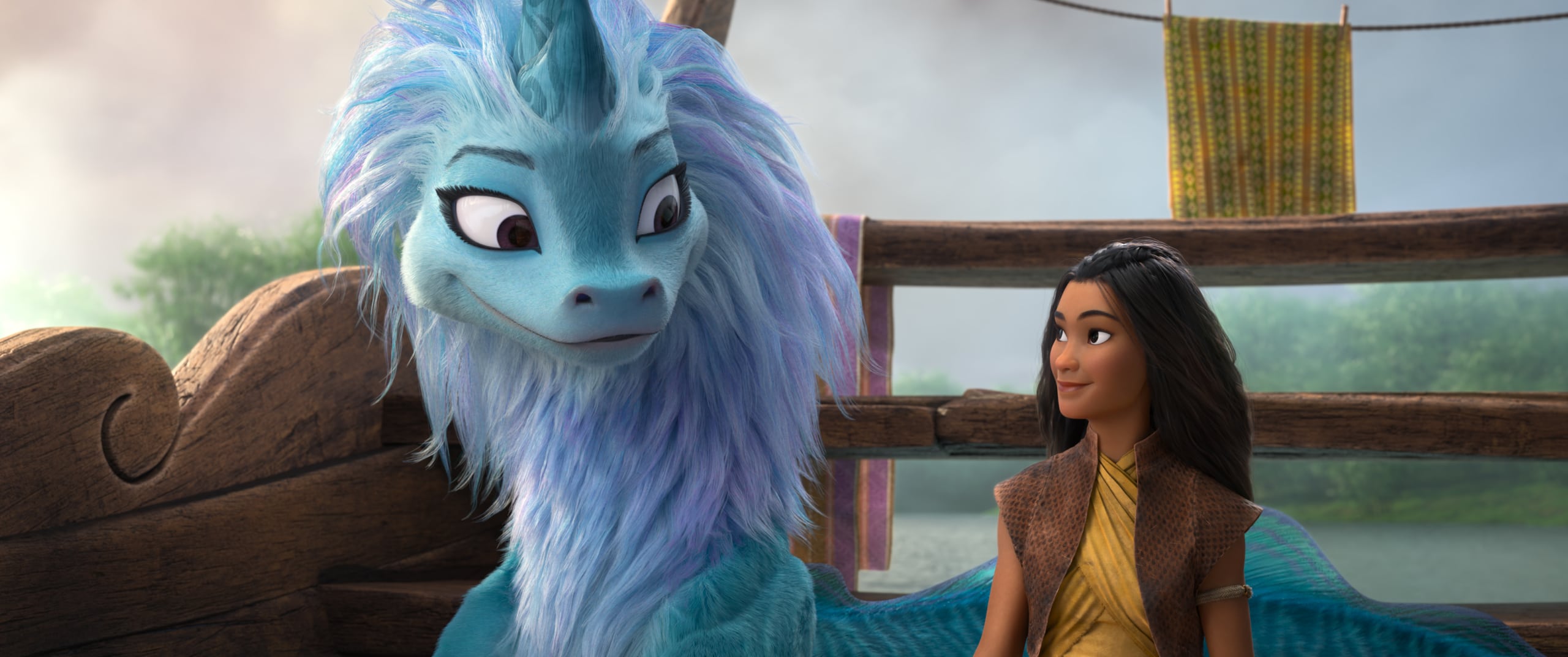
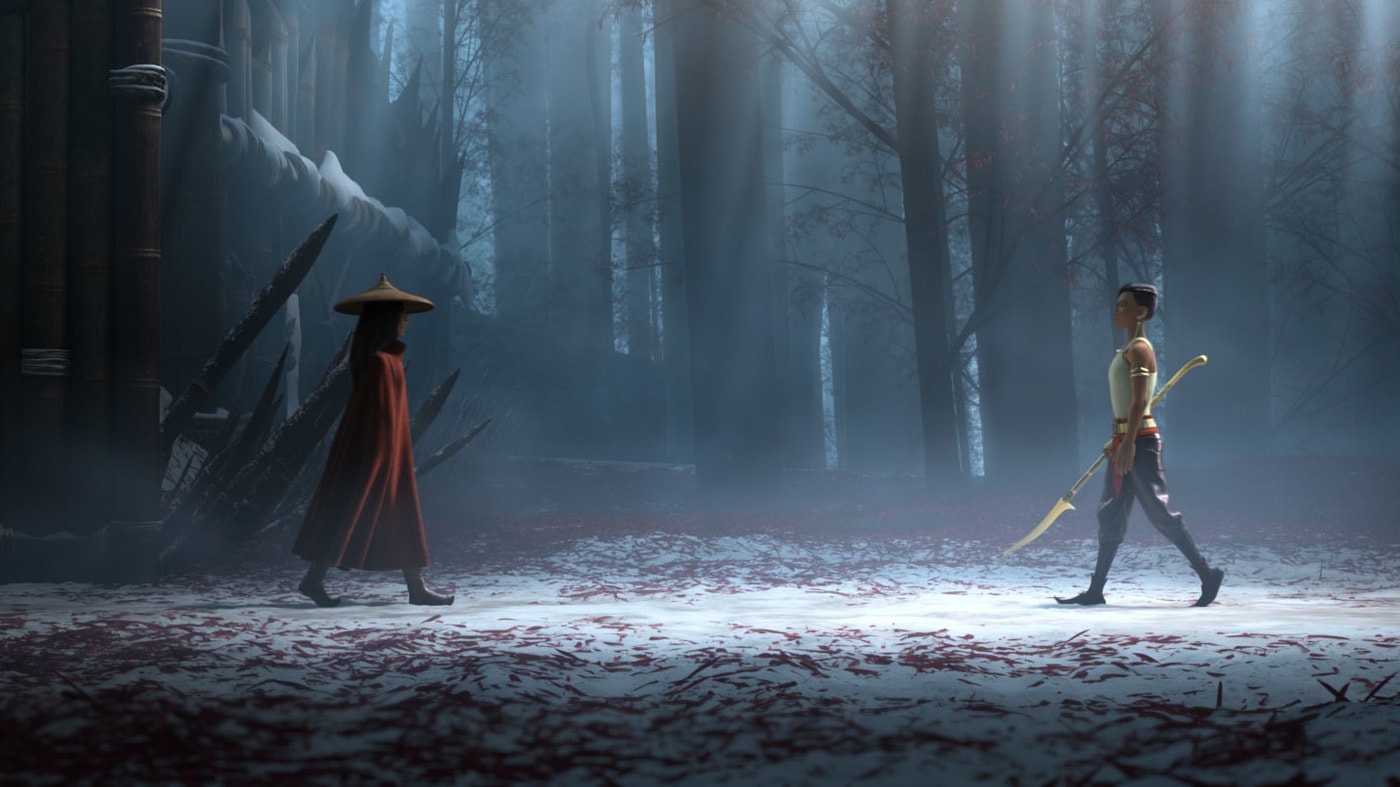
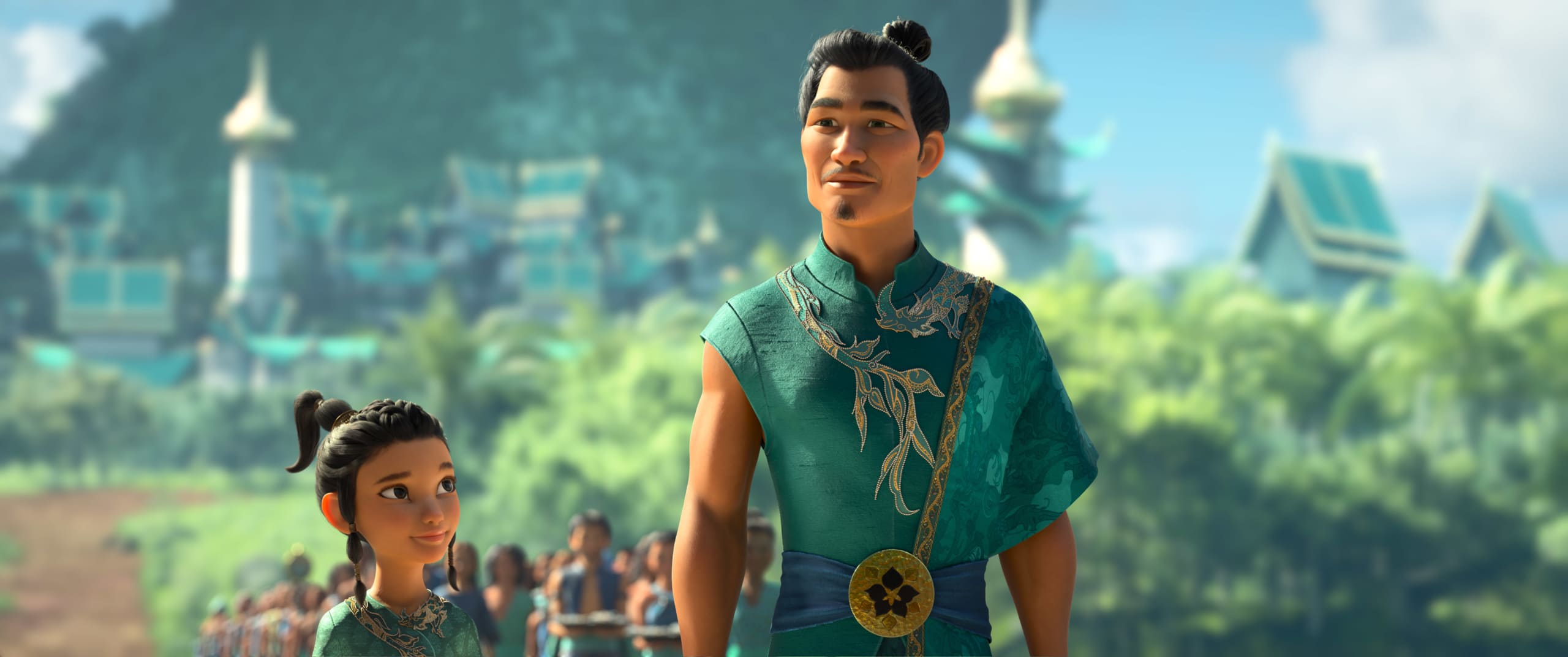

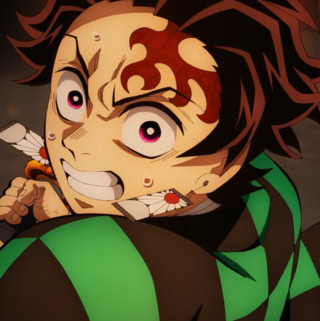

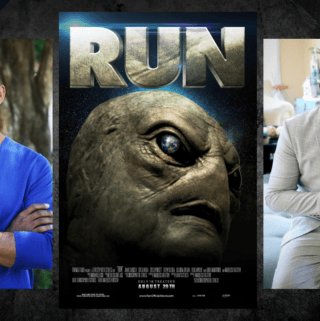

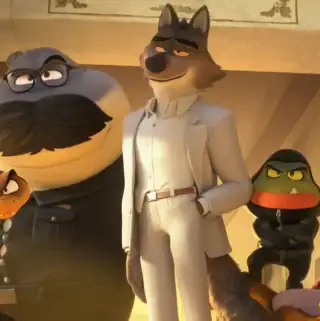
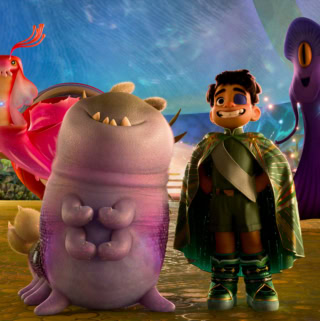
Leave a Reply